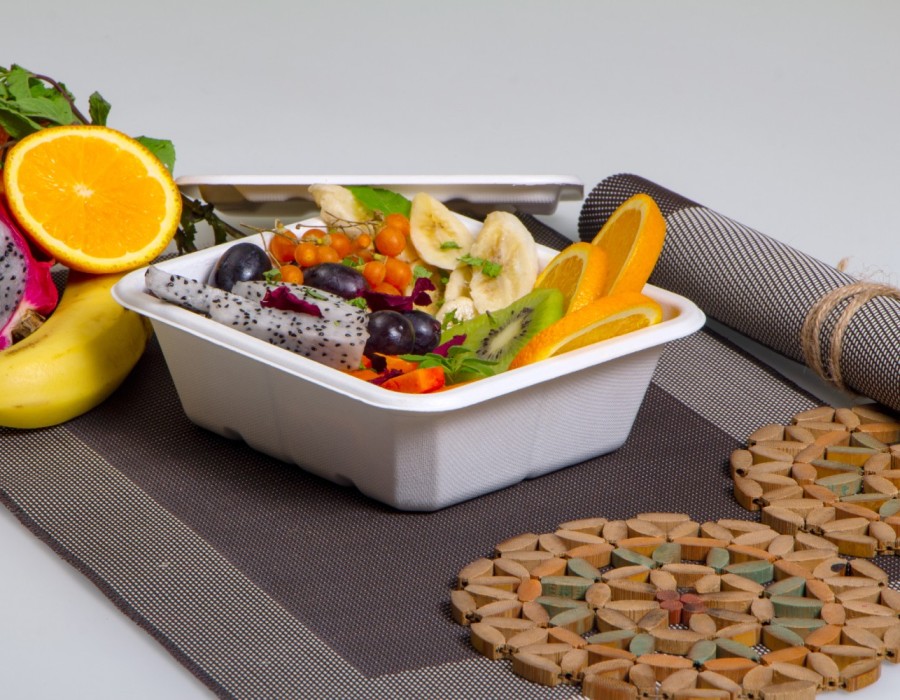Introduction
In the quest for sustainability, every choice we make—from the food we eat to the products we use—plays a role in shaping the future of our planet. Sugarcane bowls, crafted from the fibrous residue of sugarcane, are more than just an eco-friendly alternative to traditional tableware. They also represent a significant step towards supporting local farming and promoting sustainable agricultural practices. Understanding this connection highlights the broader impact of choosing sustainable products and their role in fostering a more resilient and eco-conscious agricultural system.
Transforming Agricultural By-Products into Valuable Resources
The journey of sugarcane bowls begins with the sugarcane plant, which is primarily grown in tropical and subtropical regions. After the sugarcane stalks are harvested and processed to extract sugar juice, the remaining by-product is bagasse—the fibrous residue that would otherwise be considered waste. Instead of discarding this material, it is repurposed into sugarcane bowls, thereby transforming agricultural by-products into valuable resources. This process not only reduces waste but also maximizes the utility of every part of the sugarcane plant, supporting a more efficient and sustainable agricultural system.
Supporting Local Sugarcane Farmers and Rural Economies
The production of sugarcane bowls has a direct positive impact on local sugarcane farmers and rural economies. By providing a market for bagasse, sugarcane bowl manufacturing creates additional income streams for farmers, enhancing their financial stability and encouraging sustainable farming practices. This additional revenue helps to support local communities and reinforces the economic viability of sugarcane farming, promoting a more resilient agricultural sector. Additionally, by supporting local farmers, the demand for sugarcane bowls helps to preserve traditional farming practices and sustain local agricultural heritage.
Reducing Environmental Impact Through Sustainable Practices
Sugarcane bowl production aligns with the principles of sustainable agriculture by emphasizing the use of renewable resources and reducing environmental impact. By utilizing bagasse, a by-product that would otherwise contribute to waste, sugarcane bowl manufacturing minimizes the need for new raw materials and reduces the overall carbon footprint. This practice supports the circular economy by ensuring that agricultural residues are effectively used rather than discarded or burned. As a result, sugarcane bowls contribute to a more sustainable agricultural system that values resource efficiency and environmental stewardship.
Encouraging Eco-Friendly Innovations in Agriculture
The growing popularity of sugarcane bowls also drives innovation within the agricultural sector. As consumers and businesses increasingly demand sustainable products, there is a greater incentive for farmers and manufacturers to explore new and innovative ways to utilize agricultural by-products. This trend fosters a culture of environmental responsibility and encourages the development of additional eco-friendly solutions that further support sustainable agriculture. By choosing products like sugarcane bowls, consumers help to drive these innovations and promote a more sustainable agricultural future.
Conclusion: A Step Towards Sustainable Agriculture
Sugarcane bowls are a prime example of how sustainable products can support local farming and contribute to more resilient agricultural systems. By transforming agricultural by-products into valuable resources, supporting local economies, and reducing environmental impact, these bowls embody the principles of sustainable agriculture. As we continue to seek ways to reduce our ecological footprint and support responsible farming practices, products like sugarcane bowls offer a practical and impactful solution. By making conscious choices in the products we use, we can collectively foster a more sustainable and eco-friendly agricultural landscape.





Comments